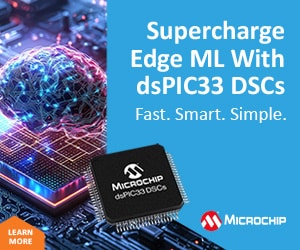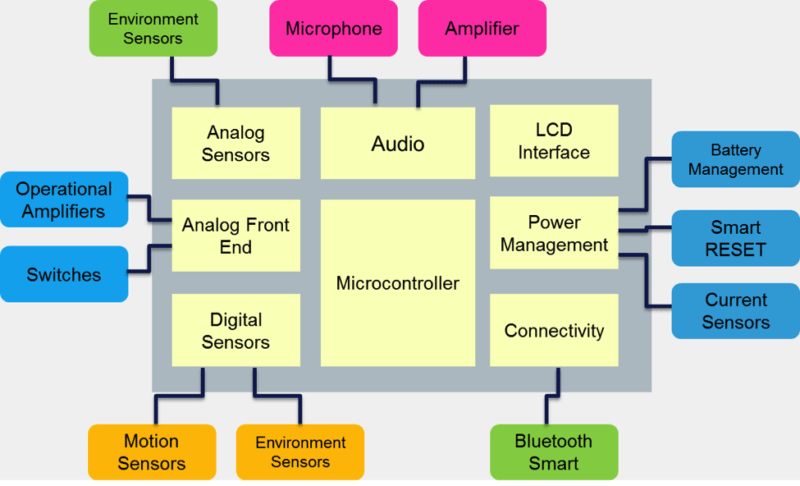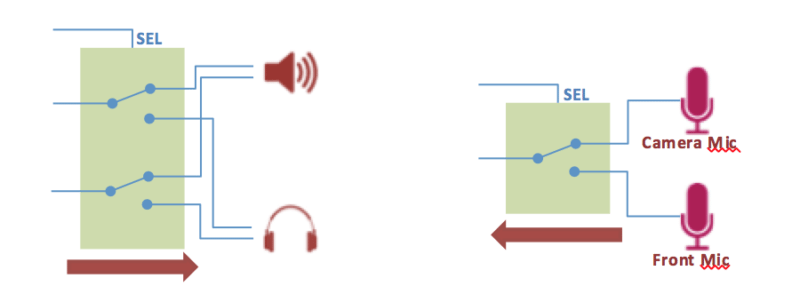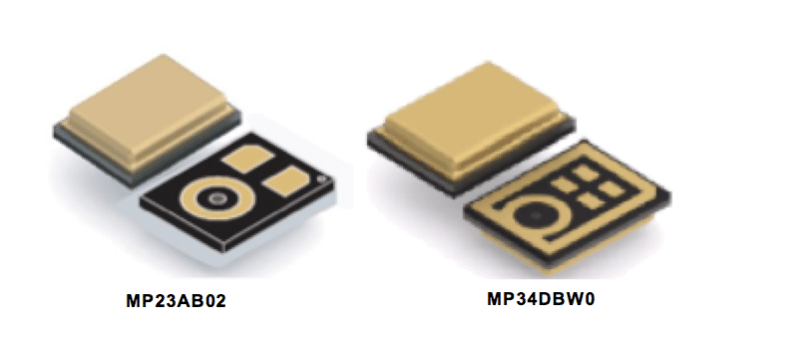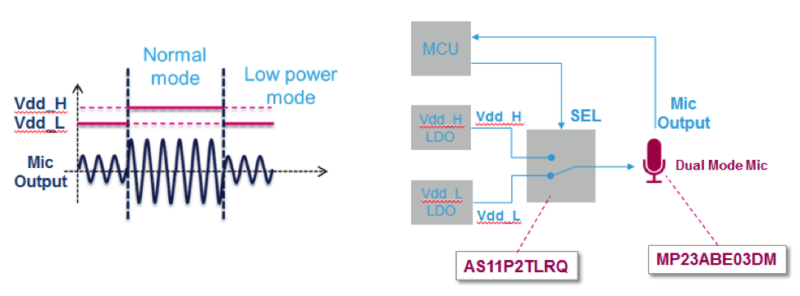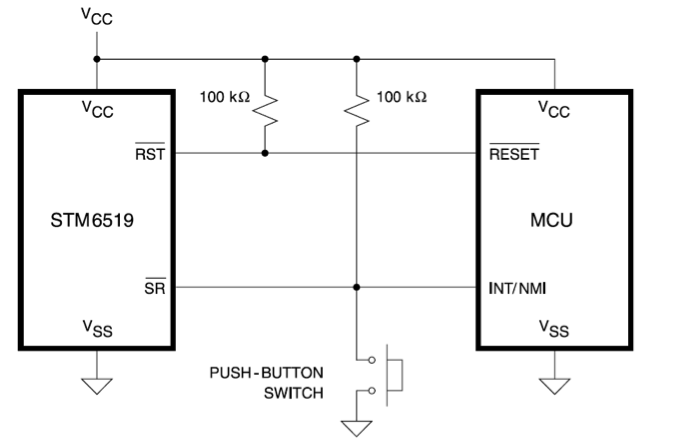Wearable are electronic devices which are small and light weight so can born by the user. They are getting adopted as watches, fashion accessory, fitness tracker, security devices or specialized medical gadgets. A wearable device may be independent in its functioning or it may act as accessory to other device such as tablet or Smartphone. In this case it is mainly used as input or output device with some computing power.
Historically, watches and wearable calculators have been very popular but with the emergence of Bluetooth low energy connectivity, low power technology and sensors wearable are available in various forms such as Smart watches, wrist band, jewelry, arm band, connected clothes etc… This article will elaborate more on wearable architecture and the innovative technologies which are transforming our lives.
Wearable Attributes
As the name suggest wearable are worn by user for an extended period of time and continuously remain on and connected. So a typical wearable device should have following attributes.
Always on
Wearables are continuously on the job and monitor or output key data for the user. They may have sleep mode but never OFF.
Low Power
As wearables are miniature devices and run on small battery they should consume ultra-low current. A wearable device which requires frequent charging will lose its purpose. The emergence of low power technologies has enabled the revolution in this industry.
Compact
As they are worn by user they should be small enough to take various usable and aesthetic forms. A bulky device will be extra burden on user and will lose its acceptance.
Environment aware
Environment sensing is emerging as a key driver for wearable acceptance. Today wearable devices can monitor not only user activity information but also temperature, humidity, UV radiation etc.
Intelligent
Wearable devices should be intelligent enough to filter out noise from the real data. They should be able to alert user when any important information needs to be shared. For example, a security wrist band should be able to send alert when user has met accident or need SOS help.
Connected
Connectivity is the most important factor for emergence and acceptance of wearables. These devices can be connected to smartphones or tablet using technologies such as Bluetooth, wifi etc. Besides, they can also be connected to GPS satellites to monitor user location.
Wearable architecture
A typical Wearable architecture comprises of following elements
- Sensors – Digital and Analog
- Analog Front-end
- Audio
- Power Management
- Connectivity
- Microcontroller
- LCD Interface
The article will address first five elements of wearables.
Sensors
Sensors are driving the emergence of innovative wearable gadgets. Some of the most popular sensors are mentioned below
Accelerometer
Also called a g-sensor, accelerometer can be used to detect linear acceleration, vibration, tilt, free fall detection etc. Accelerometer is used to implement features such as horizontal levelling, antitheft, vibration alert, pedometer, remote monitoring of adults and kids etc.
Gyroscope
Gyroscope measures angular velocity and used to implement features such as gaming, 3D mouse, athlete training etc.
Magnetic Compass
Magnetic Compass can detect earth’s magnetic field and can give direction sense to devices. It is widely used in indoor navigation and map navigation in mobile phone.
 |
Ultra-compact high-performance e-compass : 3D accelerometer and 3D magnetometer module
Pressure Sensor
Pressure sensor can detect earth’s atmospheric pressure. This feature can be used to implement barometer and altimeter. LPS25HB pressure sensor from STMicroelectronics is so accurate that it can even be used to tell the floor of building accurately. This feature can be used to implement indoor navigation, augmented reality and 3D GPS.
Temperature and Humidity Sensor
Temperature and humidity sensor can detect temperature and humidity parameter which can be used to control the performance of devices as well as wearable gadgets.
Analog Front-End
Operational Amplifiers
Analog sensors need signal transducers to deliver the information to the MCU. These signal transducers should have following key features
- Accurate and stable to guarantee the maximum precision of the information
- Low power to guarantee a longer user experience
- Small to be integrated in the most stylish and thin designs
A low input offset voltage with zero drift amplifiers is mandatory. Otherwise the electrodes information would be less accurate or lost. Once the signal dynamic has been restored precision and micro power consumption amplifiers are needed before the signal is fed to the MCU
Switches
Switches allow multiplexing or de-multiplexing a great variety of signals. Wearable devices are experiencing a sensors proliferation and switches are can be used to route signals from/towards them. Switches are also used to route signals such as audio to speaker or to the headphones. ST Analog switches line up is meant to cover all the possible signal typologies from audio to USB so to fit most of the application needs
Audio
MEMS Microphone
MEMS Microphone is audio sensor that converts sound signals into electrical signals. MEMS Microphones are increasingly preferred over conventional microphones as they offer higher SNR, small form factor, digital interface, better RF immunity and high robustness against vibration.
Microphone makes the interaction easier, faster and smoother. It also enables fashionable and stylish designs by reducing the number of buttons.
Analog MEMS Microphone: Bottom port with high bandwidth, omnidirectional and high SNR
Next microphones trend is to allow dual mode operations
- Sniffing/low power mode: the device reduces the power consumption at minimum whilst guaranteeing an adequate set of performances for voice activity detection.
- Normal mode: the acoustical parameters are set to the optimal level for voice control applications.
With the help of Switch Microphone can be put is sniff/normal mode by microcontroller
Audio Amplifier
Audio Amplifiers are needed to drive speakers for sound output for songs, communication or alerts. Highly-efficient audio amplifiers capable of delivering high quality audio into small and low power devices is a desired features in many wearable devices.
Power Management
- Battery Monitoring
As wearable devices are run by small battery, it is imperative to use the battery in most optimised way. An accurate battery monitoring allows knowing exact state of charge of battery and add intelligence in its usage. For eg: giving timely alert to the user or turning off the power consuming blocks when battery is low. ST’s STC3115 is an integrated solution capable of combining current integration and voltage variation over the time thus providing the most accurate battery status measurement
| STC3115 : 0.25 % accuracy battery monitoring IC· Coulomb counter and voltage-mode gas gauge· Robust initial open-circuit-voltage (OCV)
· Low battery level alarm output · Internal temperature sensor · Battery swap detection · 1.4 x 2.0 mm 10-bump CSP package |
Smart RESET
As the wearable devices get smarter day by day the software complexity grows exponentially in order to manage all the sensor information. As the number of features increases, the possibility of and end-user misuse of the product increases accordingly. System crashes are likely to happen and it is mandatory to provide an escape sequence to restart the application and maintain a perception of quality and brand recognitions.
STM6519 IC can be used to implement two functionalities from single button
Real Time Clock [RTC]
In wearable RTC not allows to keep the time but also helps in putting the system in low power mode according to time thus saving power. Low power operation and tiny package RTC is a required for battery powered and small form factor devices. M41T62 RTC from ST is ultra-small package with embedded crystal and 350nA current consumption.
Wireless Technology – Bluetooth Smart [BLE]
Bluetooth Smart or Bluetooth Low Energy [BLE] is a standard that enables connectivity of low power devices and sensors. It uses short wavelength radio transmission at 2.4GHz band. Using Bluetooth Smart it is possible to enable two way communications between various devices wirelessly with incredible battery life. BLE enabled devices can also work seamlessly with the compatible smartphone and benefit from the rich user interface. Smartphone can also transfer data over the cloud using other connectivity such as GPRS.
Bluetooth low energy technology operates in the same spectrum as Classic Bluetooth technology but it enables ultra-low power connectivity and basic data transfer for applications previously limited by the power consumption.
| • Wireless Network Processor IC. Complete PHY, Link layer and Host• Single Mode-Master/Slave role solution• Freq Band: 2.4GHz
• Data Rate:1Mbps • Operating Input voltage: from 2.0 to 3.6V • Smart power management: step down DC-DC / Linear Voltage regulator • RX peak current: 7.3 mA • TX peak current @ 0 dBm: 8.2 mA • Input voltage monitor • External Microcontroller Interface: SPI |
Layered Architecture of BlueNRG – Bluetooth Smart IC from STMicroelectronics
Major Applications of Wearables
Fitness and Wellness
Connected Smart watches, activity monitors, pedometers enable users to monitor their fitness activity through their smartphones. Wearables are also available as activity monitors, foot pads, sleep sensors and heart rate monitors. Wearable also allows to optimize sports performance, goal monitoring, weight control, direction data and location sharing.
Healthcare
Heart rate monitors, glucose monitors, pulse oximeters can now be connected to Smartphones through BLE. BLE not only allow these gadgets to connect to smartphones wirelessly but also get connected to internet through smartphones. It will enable information to be stored on cloud and share with doctors and family members. BLE has also enabled these gadget to be placed at strategic locations such as shoes, wrist etc. BLE support many healthcare related profiles such as glucose meters, heart rate monitoring, thermometer and blood pressure.
Proximity and Anti-theft accessories
A small BLE accessory when tagged to pets and kids can alert the smartphone if they sneak out of reach. BLE enabled car keys can be found easily with the help of connected Smartphone. Wallets and luggage tagged with BLE can alert the Smartphone if some try to steal them.
Security and tracking
A wearable watch or tracking devices allows kids location to be constantly monitored by their parents. These devices are also used as SOS device by kids and women when in danger. A connected device will send signal to smartphone which in turn will SMS user location to the concerned authorities and family members.
Conclusion
Wearable has the potential to change the world just as internet did. Smart Sensors and BLE have empowered devices with power of sensing and communication to take complex decisions. Wearables will create fundamentally new use cases and will do things which even smartphones cannot do. It is expected that healthcare and fitness will emerge as the largest category for wearable. STMicroelectronics offers one stop shop for all semiconductor requirements in this space and allows for users and entrepreneurs time to market with driver and library support.
Authored by Vishal Goyal, Senior Manager – Technical Marketing, Analog MEMS and Sensors [AMS], India, Asean and ANZ, STMicroelectronics





